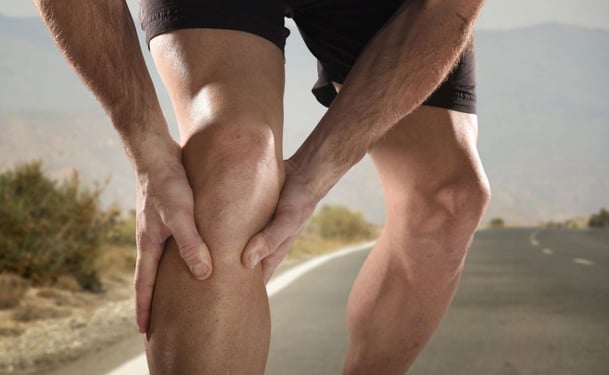Postoperative pain following endovenous laser treatment (EVLT) can be a common side effect. But what is normal? What is not normal? How long should pain last? How can you alleviate pain? When should you see your doctor for pain? These are all questions many patients have before and after treatment. Let us give you an idea of what to expect.
Pain After EVLT: What Is Normal and What Is Not?
As we’ve noted, pain is a common symptom after EVLT, and patients don’t experience it until the tumescent anesthesia wears off. It is at this time, you may have “discomfort along the course of the treated vein,” said Dr. John Landi of Vanish Vein and Laser Center.
But pain is different for everyone and, for some, it can be the result of pain perception and one’s own pain tolerance. However, severe pain, pain or swelling that continues to increase significantly over time, and blistering are all reasons to contact your treating physician.
How Long Should Pain Last?
Our board-certified surgeons suggest that pain usually lasts a week or two but can extend to a month following EVLT or any other endovenous transcatheter heat-generating technique. Pain may spike within the first week or two, when the deeper tissue swelling has subsided and the nerve endings can be sensitive, but it should reduce over time.
This may be accompanied by tightness. Some patients even develop a hard, tender knot in the treated area, and this too could take up to a month to resolve. The knot may be a closed, hard vessel; a hematoma (clotted blood), phlebitis, deep vein thrombosis, among other things.
“If the vein was closed below the knee, pain and inability to bend the knee joint are common,” said Vein Center Houston. This, said the clinic, is typically the result of some swelling and inflammation, a consequence of your body responding to the intentional injury to the vein during the procedure. However, if days have passed and you are still unable to bend the joint, it is time to visit your treating physician.
Factors That Determine Pain
The duration of your pain can be dependent upon a host of factors, including:
- Vein type
- Location of the vein
- Maximum vein diameter
- Vein access diameter
- Laser time
- Laser length and power
- Age
- Body mass index (BMI)
- Laser endovenous energy density (LEED)
How to Alleviate Pain
Your physician should give you methods to control pain and inflammation during your recovery. This may include anti-inflammatory drugs/pain relievers like Motrin, Advil, or ibuprofen. You’ll be instructed on the dosage and how to safely take them.
Outside of this, warm (not hot) soaks, compression stockings, and applying low heat frequently to the area can help. It also helps to remain active, as staying sedentary can cause joint stiffness and doesn’t allow the calf muscle to properly move blood in and out of the leg, which could lead to clotting and pooling of the blood in the vein.
When to Consult Your Physician
If you have excruciating pain, or pain that increases over time and does not subside, contact your treating board-certified physician and schedule an appointment. He or she will perform a physical exam and perhaps a number of tests to determine its cause. Pain-reduction techniques and any other measures can then be recommended to make your recovery more comfortable.
Created February 13, 2017


